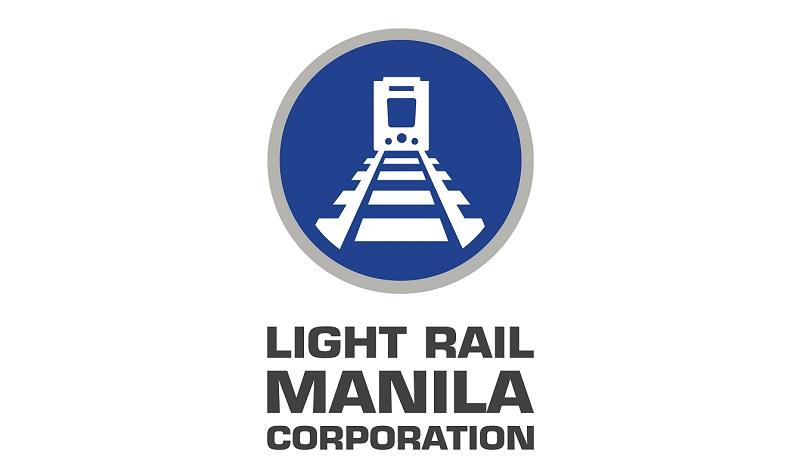The extension of the Light Rail Transit Line 1 to Sucat in Parañaque City could start serving riders by the end of 2021 if work on site starts by February next year, and the right of way is free and clear by May 2019.
Juan Alfonso, president of the Light Rail Manila Corp., the operator of LRT 1, said they are just waiting for the complete ROW and government approvals, “especially on the delayed increase in our fares from around an average of P20 to around P25 depending on the distance traveled, which is basically the same as bus fares.”
“The main difference is we can bring our riders from Baclaran to Sucat or vice versa in 15 minutes, rush hour or not, and even if the roads are flooded. We are traffic free,” he added.
Alfonso said its contract with the government provided that the fares be increased automatically every two years starting in 2016 to allow LRMC to have the funds to properly maintain and operate the line. LRMC wants the P5 fare increase it’s asking for to cover both the 2016 and 2018 adjustments.
Without the increase, LRMC might not be able to borrow from banks the funds needed to build the extension, he noted.
“The banks want to make sure we can repay them, and the only way this can be attained is for us to be able to earn enough through higher fares,” Alfonso said.
After Sucat, the extension will go to Las Piñas and Niog, in Bacoor, Cavite.
“But we can go to Las Piñas and Bacoor only after we have built Sucat, and that means we must have the fares adjusted first,” he said.
Travel from Baclaran to Las Piñas via LRT 1 will take only 20 minutes, and 30 minutes to Bacoor.
“The LRT 1 is a solution to traffic and to people’s daily commute, which is so long because of traffic that they have less time for themselves and their families,” Alfonso said.
Similar railway systems abroad are efficient and well-run because riders pay the proper fares, he added.
Under the contract, if the fare is not adjusted, the government will pay LRMC instead, which means that taxpayers—including the salaried workers in Visayas and Mindanao, not the riders themselves—will be paying for it.
“It is not sustainable to keep fares at the current level without sacrificing service quality. We strive to bring world-class service to the Filipinos and this will entail new investments,” Alfonso said.
Every business must earn a profit to be able to keep its serving. If bus companies do not earn a profit, eventually there might be no buses to ride for the public, he added.

